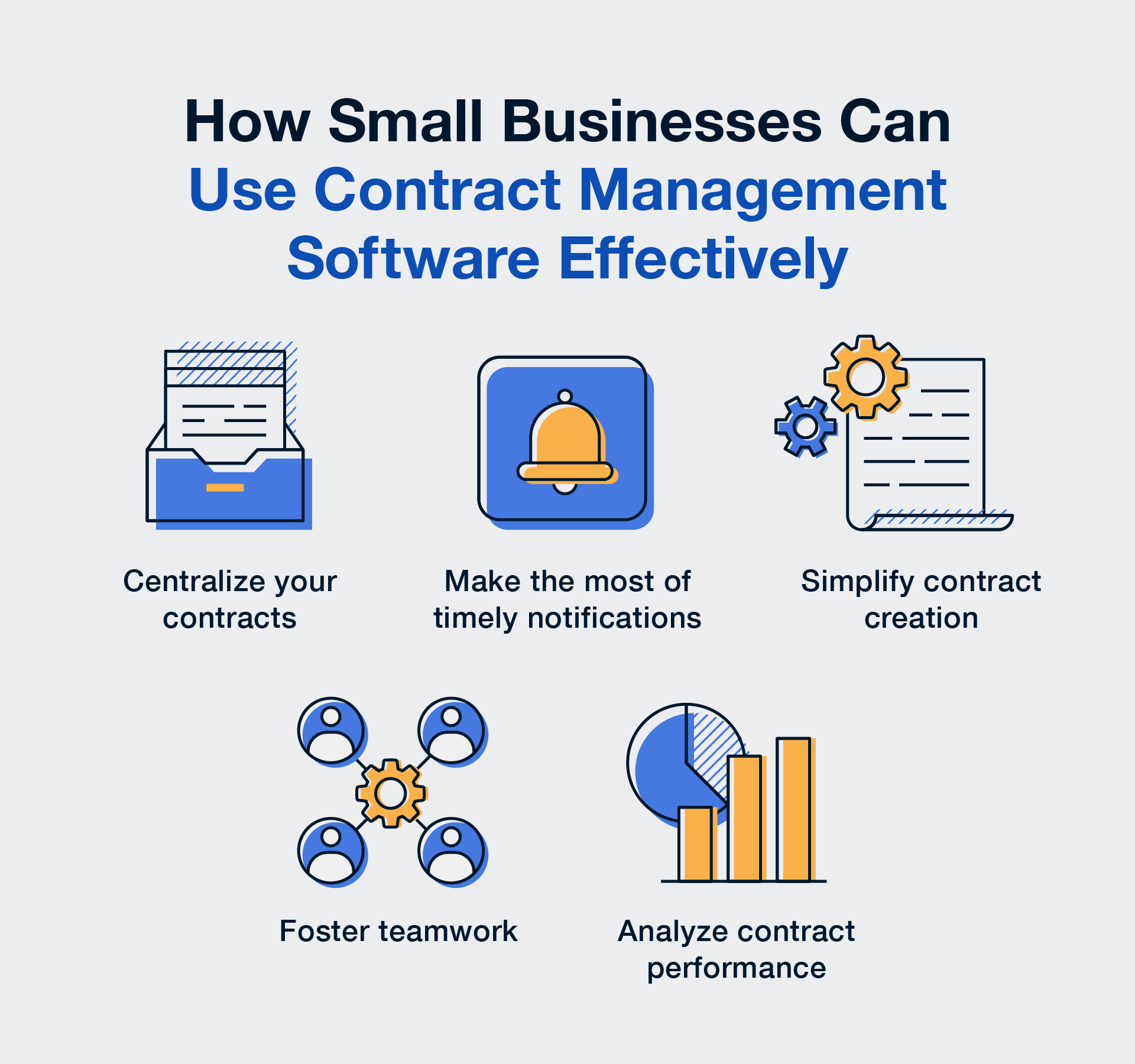What is Contract Cycle Time?
Contract cycle time measures the total duration from a contract’s initial request or creation to its final execution and signature. It’s a key performance indicator (KPI) for contract efficiency and is often used to evaluate process bottlenecks within the contract lifecycle.
By tracking cycle time, organizations can identify where contracts slow down — typically during drafting, negotiation, or approval phases — and implement automation or policy improvements to streamline the workflow.
Why Contract Cycle Time Matters
Long cycle times can delay revenue recognition, project launches, or vendor onboarding. Shorter cycle times increase agility, responsiveness, and cost savings.
Measuring contract cycle time helps organizations:
- Pinpoint inefficiencies across teams
- Improve collaboration between legal, sales, and procurement
- Forecast workload capacity and resource needs
- Track ROI on CLM automation investments
Best Practices for Contract Cycle Time
- Benchmark average cycle times for different contract types.
- Use dashboards to track real-time progress.
- Identify repeat bottlenecks (e.g., slow legal review or delayed signatures).
- Automate manual steps like approvals or data entry.
- Continuously measure and refine based on outcomes.
Example of Contract Cycle Time in Practice
A company’s average contract cycle time drops from 30 days to 9 after implementing CLM automation and standardized templates, allowing faster deal closure and improved vendor relationships.




